In quest for Gen Z votes, 2020 could be the year of the influencer
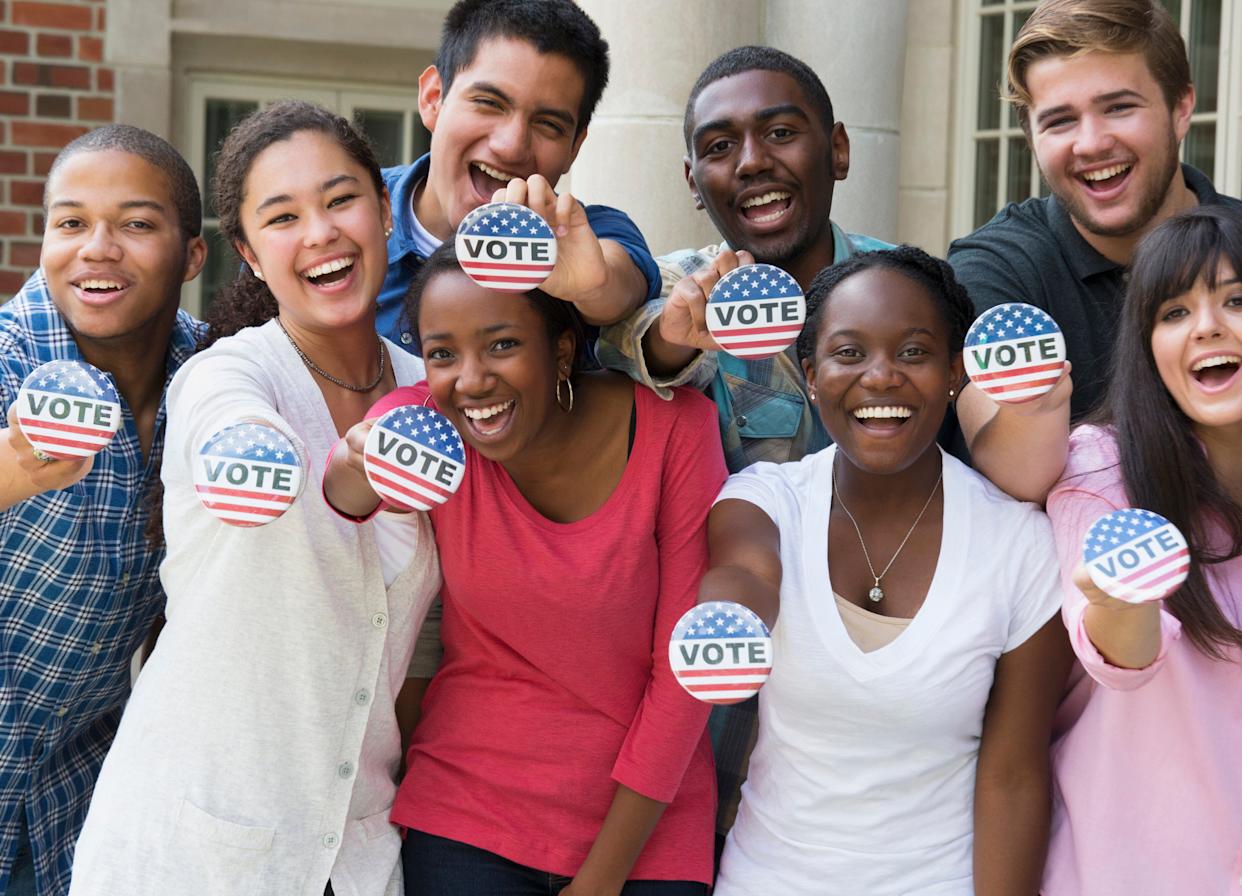
WASHINGTON — As the race to secure frontrunner status for the 2020 election accelerates, political campaigns are looking to win over the youngest segment of voters: Generation Z. Generally considered to be individuals born between 1997 and 2012, the freshest members of the electorate are nearly impossible to reach with traditional media. In politics, 2020 could be the year of the influencer.
Influencers — who are broadly thought of as individuals able to attract a significant social following unique to their own community — wield significant sway over younger individuals. According to a recent survey by media company Fullscreen, 54.8 percent of adults ages 18-24 trust these content creators more than they trust how brands market themselves. And with that trust comes power; power strong enough to sway nearly 5,000 people to purchase tickets to a catastrophic musical festival in the Caribbean that didn’t quite exist.
“Candidates should be thinking about influencers like they do the press, and allow influencers to have a valid voice and opinion and educate their followers,” says Vickie Segar, founder of Village Marketing, an agency that connects brands with influencers and operates a townhouse in Manhattan designed for content creation. The Gen Z cohort otherwise would have no exposure to some candidates, she says, “because they’re not watching traditional news media on television anymore.”
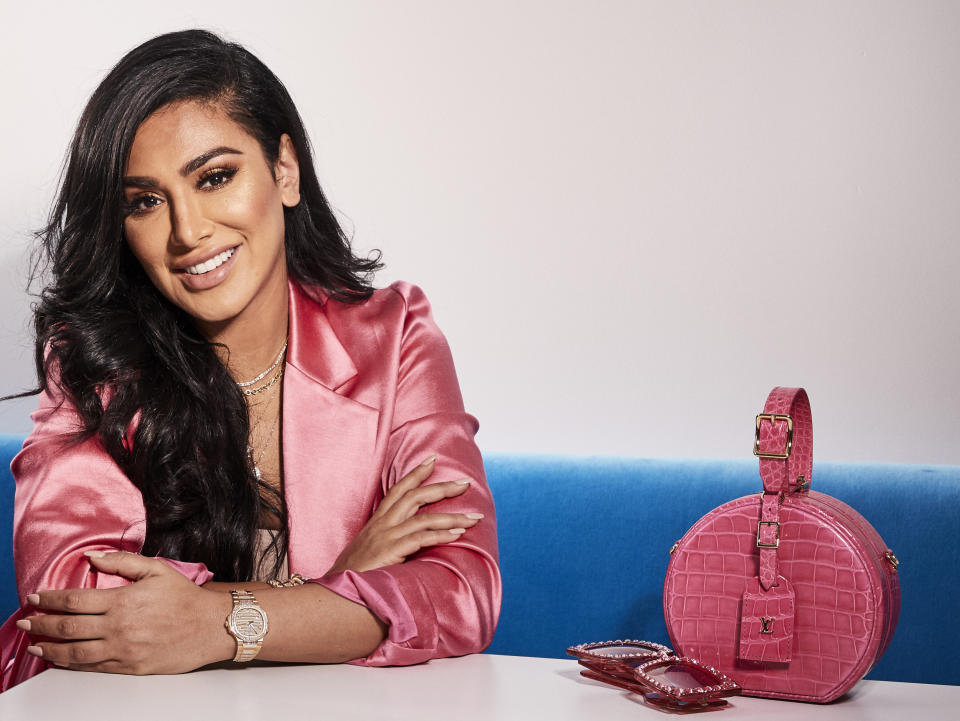
“Beauty gurus,” gamers and other lifestyle creators popular online can monetize brand deals — often in the form of YouTube reviews and Instagram photo product placements. Makeup artist turned entrepreneur Huda Kattan now has a net worth of $45 million and is estimated to gross $33,000 per sponsored post. Brothers Jake and Logan Paul, whose posts revolve around outrageous pranks and stunts, charge $16,500 and $17,000, respectively. Celebrity influencers can leverage their star power into even bigger paydays. Kylie Jenner, youngest daughter of the Kardashian-Jenner money-making machine, reportedly earns an estimated $1 million per Instagram post.
Marketing agencies that specialize in influencer advertising told Yahoo News that they have had conversations, of varying degrees of seriousness, with national political campaigns. Segar said her team is nearing a partnership with a campaign, but declined to specify which one.
Although partnerships between public figures and politicians are nothing new, a for-profit campaign surrogacy hasn’t quite existed before, said Todd Belt, director of the political management program at the George Washington University School of Public Management.
“It’s not news that politicians want to get young people involved in politics, right? Young people vote at lower rates, and so they have always been seen as this big untapped source of voters for candidates. And especially for candidates in primaries who are looking for ways to distance themselves from each other and to build momentum, because young people have flexibility in their schedule and are able to volunteer,” said Belt. “And [Gen Z-ers] can also talk to one another, right? In ways that candidates often can’t. Social media has sped up that process.”
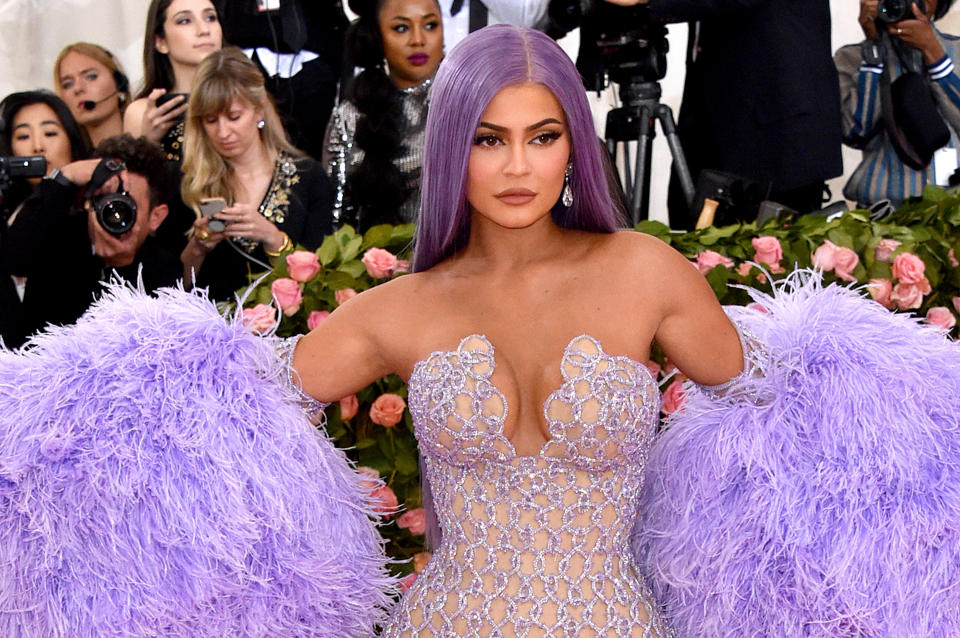
While data is sparse on the voting habits of college-age people, polling indicates that, generally speaking, voter turnout among 18- to 29-year-olds has increased incrementally over the past few years; during the midterm elections, early voting by this cohort increased by 188 percent over the previous midterms in 2014. Yet advertisers haven’t quite “cracked” Gen Z; studies indicate that 89 percent of ad impressions targeted at Gen Z-ers miss the mark.
“[Politicians] are getting out there with their own content, but that is just not enough. You have to amplify that content out,” said Segar.
There are generally two main avenues for campaigns and their principals to interact with influencers, Segar said. The first, and arguably more controversial of the two, is a traditional paid-to-place strategy. In other words, a candidate can follow the conventional practice of owning an ad and purchasing space on an influencer’s Instagram Story or feed, or sponsoring a YouTube video for a fee. These ads would be disclosed through the Federal Trade Commission on the influencer side, and the Federal Election Commission on the political side. These deals could shake out in a couple forms, from running an ad on YouTube star Shane Dawson’s feed, to partnering with rapper Cardi B to deliver a personal endorsement.
Segar believes that any direct attempts to buy space is the wrong approach. Rather, she anticipates that the industry will be more open to partnerships that mirror more traditional advisory roles, in which management companies like her own will create social media campaigns and link candidates with influencers who best align with that candidate’s core causes and messaging.

“If we were running a campaign that was unpaid, then it would be on my agency to convince [influencers] why this specific candidate is the right fit and why they should be compelled to speak to their audience about it,” said Segar, who added it’s on her team to generate strategies, such as pairing top influencers to candidates via FaceTime in videos that would eventually be posted on Instagram.
Ad campaigns such as these would be tailored to specific social media platforms. For example, candidates wouldn’t be encouraged to post a video outlining a point-by-point policy proposal on TikTok, an app with typically lighter fare. Instead, a politician may perform a “challenge”— often a lip-syncing video or comedic bit, a la Vine — with an app star and opt to house more serious messaging on Instagram, through which audiences can be moved to “activations” via the Stories feature.
Joseph Gagliese, co-creator of multimillion-dollar influencer-based startup Viral Nation, doubts that many campaigns fully understand the power of influencers. “They’re a little farther behind than the brands are, and I think they haven’t seen the total value of it,” Gagliese told Yahoo News. But he sees great potential for 2020.
But the strategy comes with inherent challenges, such as convincing audiences that political content, especially for content creators who typically shy away from such topics, rings authentic. For example, an interior design influencer who primarily creates content on improving home decor might seem out of place promoting Howard Schultz. The paid-to-place strategy won’t “play well in the eyes of audiences,” said Gagliese, who has experience in both U.S. and Canadian politics.
Rather than align with influencers, he says, campaigns should concentrate on “developing influencers out of the candidate.”
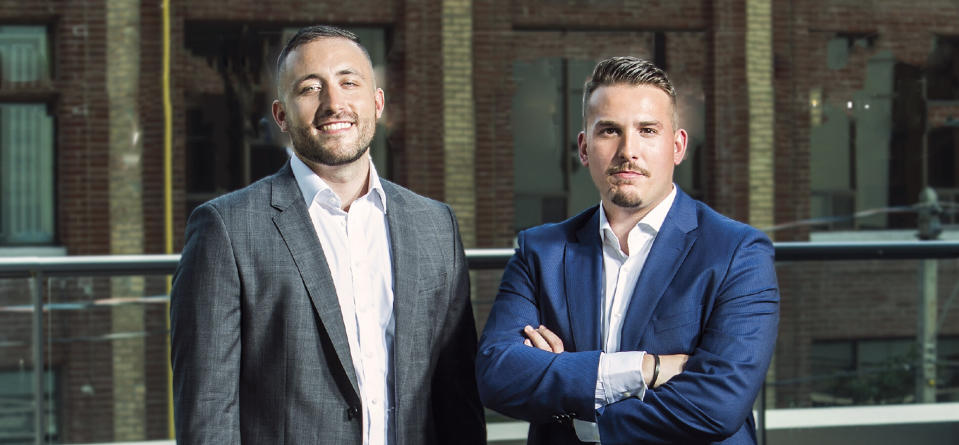
Candidates like Bernie Sanders “exploded on social,” says Gagliese — a claim supported at least anecdotally by Twitter metrics. Sanders’s 9.29 million follower count blows current Democratic frontrunner Joe Biden’s 3.58 million out of the water. Even the 4.24 million following of freshman Rep. Alexandria Ocasio-Cortez, who’s seen tremendous success on social media, pales in comparison.
An official on Sanders’s campaign told Yahoo News that the combination of millennials (born between 1981 and 1996) and Gen Z will make up 40 percent of the voting electorate in 2020. Tyler Oakley, author and YouTube star with a combined YouTube and Twitter following of 13.7 million, vocally supported Sanders in 2016. Sanders’s campaign hopes to combine traditional face-to-face organizing with newer tech avenues.
Rivals hoping to match Sanders’s level of influence should look for ways to communicate their authenticity, Gagliese says. Candidates have long tried to open up their private lives, for example. “You can go back to the first modern presidential election, 1960 is when we usually start the clock, and you saw [John F.] Kennedy using his children and his wife and everything like that, but it’s never been as maybe cringeworthy,” says Belt. “Even Jimmy Carter would carry his own luggage sometimes and wear sweaters sometimes instead of a suit. Those are just subtle signals about a person’s personal life where you’re trying to say, ‘I’m a little bit different than the average politician.’”
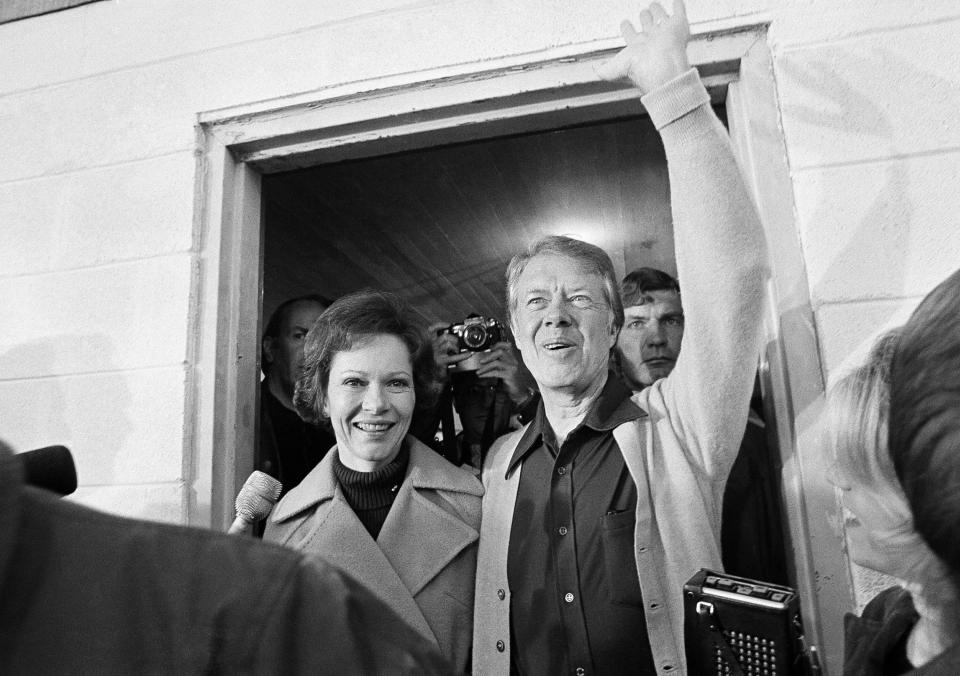
Helping candidates come across as relatable will be key during the long march to November 2020. Voters will not only apply the test of who they would be willing to “grab a beer” with, but also they now will look more and more to identify personally and emotionally with a politician. All of this must be navigated gracefully, Gagliese warns, for a sour note or dated post could backfire.
“The last thing you want to do as a candidate is to get involved and start a half a day challenge on [TikTok] and all the Gen Z-ers are like, ‘This guy’s a loser.’ If you start pushing sustainability in a very political way on TikTok, you’re going to get hammered. Start a challenge around things [Gen Z] can get behind, whether it’s electric vehicles, using less water, things a young person can understand.”
He believes influencer and Gen Z experts are as necessary as speechwriters, both as a source of platform ideas and in shaping messages. “You need to be extremely versed and careful about how you approach this generation.”
Preemptive concerns regarding regulation and ad susceptibility persist, anxieties carried over from 2016. Danielle Butterfield, paid media director of Democratic super-PAC Priorities USA Action, said figuring out the exact strategy for dealing with social platforms is a bit like playing “whack-a-mole.”
Because the scale and impact of these campaigns could be massive, “I think a lot of people are going to get a mixture of pissed off and scared at the same time,” added Gagliese. “Just like Facebook ads in the last election, the thing that holds this back is debate over the ground rules.”
Influencers aside, Butterfield predicts that campaigns and PACS such as Priorities USA will target nontraditional channels, such as Instagram and YouTube, to get their messages in front of younger eyes. Data published by Google shows that 85 percent of Gen Z teens use YouTube, with 80 percent of those utilizing the platform to “become more knowledgeable about something.” Over the past year, political advertising on Google platforms, including YouTube, totaled $83 million. Butterfield says we should expect even more: “We know if all the money is spent on television, we’re doing something wrong.”

A spokesperson for Andrew Yang — a candidate with little household name recognition who finds great support on social media — said their campaign does not need to explicitly target 18- to 22-year-old voters; they flock to Yang on their own. Press secretary Madalin Sammons was unable to provide a detailed breakdown of Yang’s supporters, but she asserted that “there is a noticeable excitement with young voters.”
The “Yang Gang” plans to keep up the younger drumbeat by embracing “platforms that aren’t as utilized by politicians” such as Reddit and Tumblr. The campaign has been considering working with influencers, but “really nothing has been implemented yet.”
Belt suspects that politicians linking up with content creators or who are becoming content creators themselves can outcompete others who are “running in the same lane, competing for the same demographic and policy interest.” Belt expects a reliance on “big data” to help certain candidates break ahead. “A lot of it is going to be science. A lot of it is going to be art, because you never know what is going to resonate,” Belt says. “You never have the secret sauce, but everyone is going to try. That’s for sure.”
Even though influencers may not receive direct cash payments from candidates themselves, the cost to campaigns could be significant. Campaigns would be paying for access to advisers who understand the language of the internet and social media, as well as tools that provide a full social listening sentiment analysis. Simply put, a candidate could track a single piece of data from an influencer, including that data’s reach, impressions and success rate. Costs for that kind of granular data, according to Gagliese, could range from a few hundred thousand dollars to millions, depending on how individual campaigns budget their resources.
One overarching thinking prevails: Generating younger voters excited by viral content isn’t enough — Generation Z must be motivated to political action. “Translating [viral social media buzz] into volunteerism, campaign contributions and other types of what we would consider standard political activities, still need to get done,” says Belt.
And some Gen Z-ers are getting ahead of the curve, organizing their peers and supporting candidates without support or guidance from national campaigns.

Enter the National Youth Assembly of Pete for America, currently spearheaded by Avalon Fenster, 17. Also known on Twitter and Instagram as “Gen Z for Pete,” the NYA — built, appropriately, by a group of Gen Z-ers — locates young individuals whose values align with Democratic candidate Pete Buttigieg’s messaging, educates them on relevant policies and encourages voter registration and boots-on-the-ground volunteering.
“What I’ve noticed is that young people all want to get involved in some way,” said Fenster, who also moonlights as the Northeast regional director of the anti-gun violence group March for Our Lives. “[Gen Z-ers] are always looking for something to take leadership in, it comes naturally to them. But oftentimes, they’re not really given the spaces. Also, people can get intimidated when the spaces are created and monitored by adults.” So, Fenster, a high school junior, built her own space. In order for the group to communicate across time zones, Fenster set up a Discord channel, an app originally designed for video gaming communities.
For Fenster and her peers, Mayor Pete met their requirements for a good candidate: “Talking about his parents being immigrants, his experience being a millennial, growing up in the school shooting generation, [...] he is the kind of the embodiment of intersectionality, and as a young person intersectionality is very, very important to me.”
She says trying too hard to seem approachable — such as Hillary Clinton’s infamous “I’m just chillin’ in Cedar Rapids” gaffe and Elizabeth Warren drinking beer — can come across as clunky and dated. She thinks only a few politicians, such as Ocasio-Cortez, are getting it right.

“She’s on Instagram and is making mac and cheese and talking about climate policy. Those are the types of things young people can really understand,” Fenster says. She’s open to being engaged by influencers too, but she emphasized that there are thousands of nonfamous young people willing to get involved: “I don’t think that it’s possible to succeed with one and not the other.”
Buttigieg joked about reaching young voters through the seemingly ubiquitous video game sensation “Fortnite” at a South Carolina rally earlier in May, following a precedent set by Barack Obama in 2008 when he made history by placing ads in 18 games across the XBox Live network. Later in 2016, Hillary Clinton lurched at a similar demographic by hosting a campaign event at a “Pokémon Go” gym. Even former Virginia Gov. Mark Warner tried to make digital friends on “Second Life.”
As for the folks trying to keep the current president in office, Team Trump is hoping to replicate its social media strategy from 2016. According to a campaign official, the team ran over 6 million ad variations on social media during the run-up to the election and hope to apply the same “aggressive mentality for online engagement during the 2020 cycle,” which includes mimicking its Snapchat rollout from the last election. “The RNC and DJT did multiple unique buys on Snapchat during 2016. We had a little Trump animation we did for a few debates” one of which included a “Crooked Hillary” geofilter to “woo” millennials. According to the Independent Journal Review, the national geofilter purchase was the first of its kind.
But it will take more than placing video game ads and penning “Game of Thrones” op-eds to break through to this demographic. Coordinators stressed that hiring youth leaders — folks who look and sound like the demographic they’re trying to engage — will be the key to reaching Gen Z. Bringing 18- to 21-year-old organizers onboard will help curry favor early on. Rather than falling into the pitfall of assuming that the youngest voting bloc is a recondite, abstruse demographic — campaigns must take them, and their capacity to speak articulately about their passions, seriously.
Morgan Bird, the 18-year-old who runs the “Gen Z for Pete” Twitter account, echoed the need to meet with and activate young voters. “My belief is that we need to encourage digital activism and turn that into real world activism. To be honest, that’s a puzzle that no one has quite solved.”
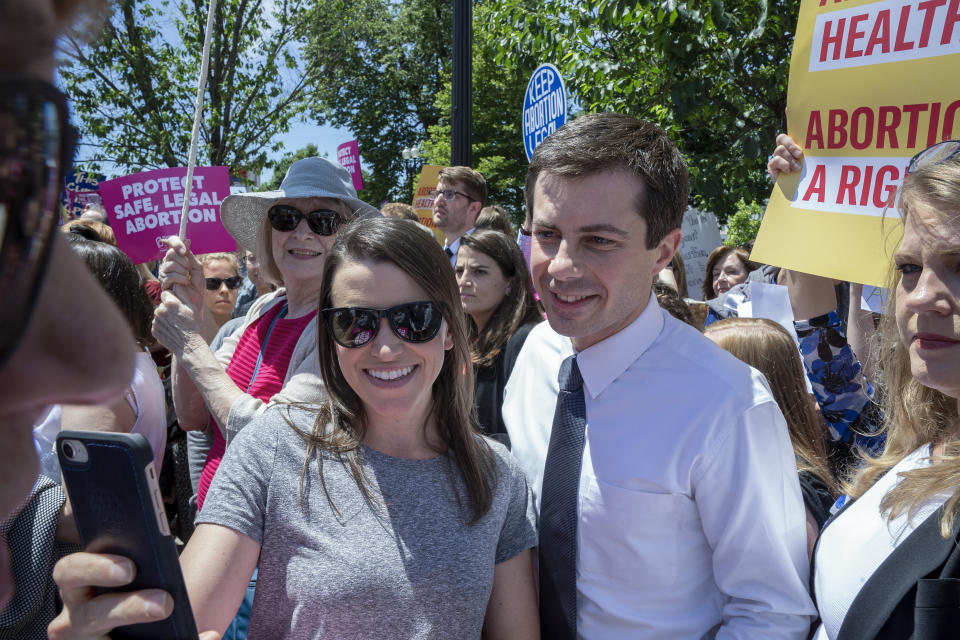
Sanders’s campaign wants to find that last puzzle piece. Yong Jung Cho, constituency organizing director for the Vermont senator, wants to create “organizers for the long haul” — so she’s turning directly to high school and college students themselves. Sanders supporters felt the Bern at nearly 4,000 parties across the country last April, an initiative led chiefly by supporters and volunteers, Cho said. Similar to its 2016 strategy, Team Sanders is creating programs to train volunteers to facilitate phone-banking, get-out-the-vote texting activations, and voter registration. By the end of the summer, high school- and college-age organizers should expect to have tools targeted just for them.
“When young people are speaking at a rally or are sending text messages or are writing op-eds, their story has such moral clarity and leadership that it’s going to be really good persuasions during this election as well,” said Cho. “They are incredible messengers for their communities.”
Sanders’s tool is a step in the right direction, at least for Fenster.
“You can’t just say you want the support of communities without actually speaking directly to and within those communities,” she said. She recommends that candidates stick to issues that resonate with young people, such as racial equity, gun reform and college tuition.
“If they want the Gen Z vote, they have to directly go for the Gen Z vote. They have to meet us where we’re at.”
_____
Read more from Yahoo News:



